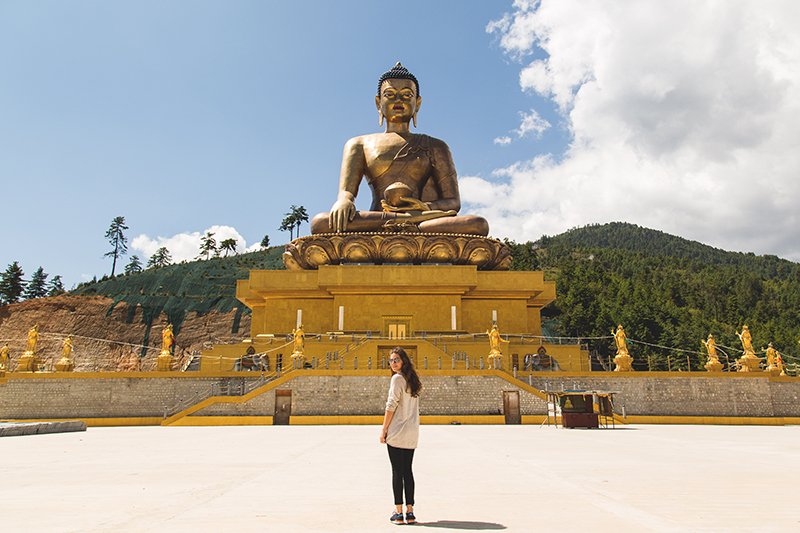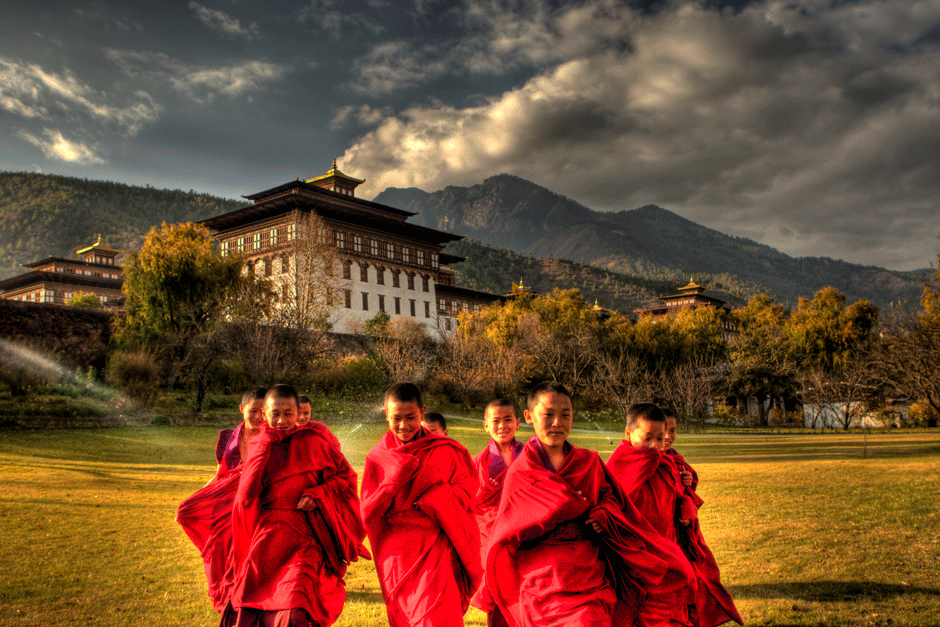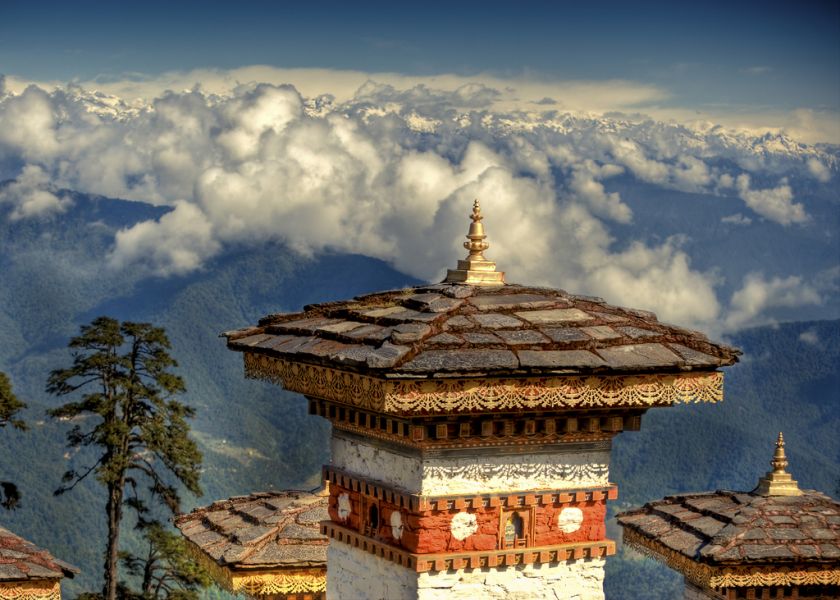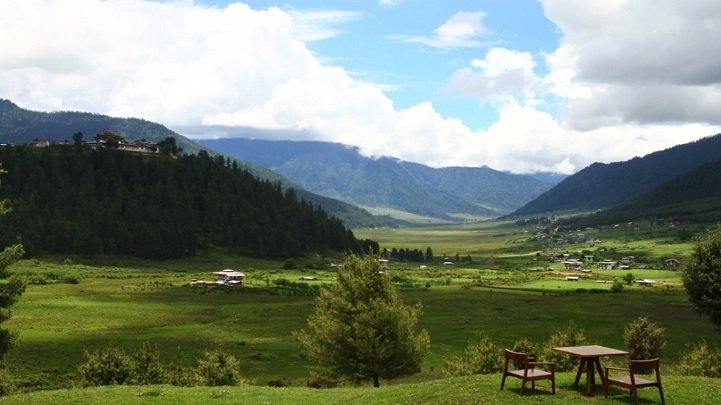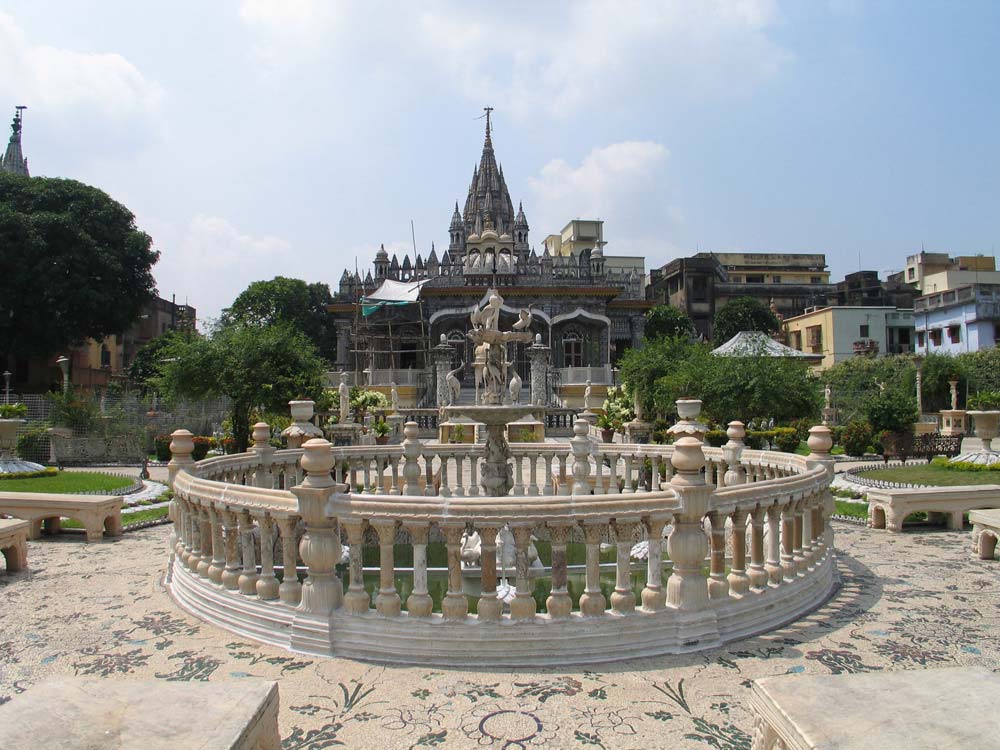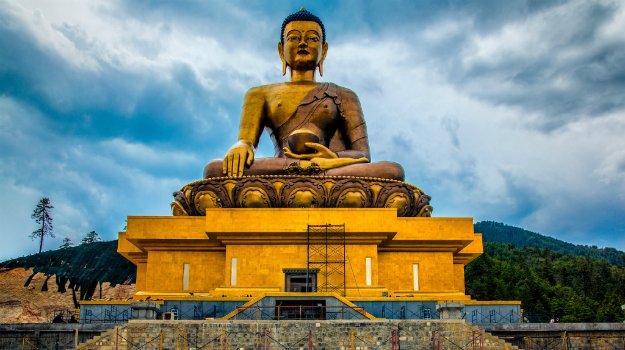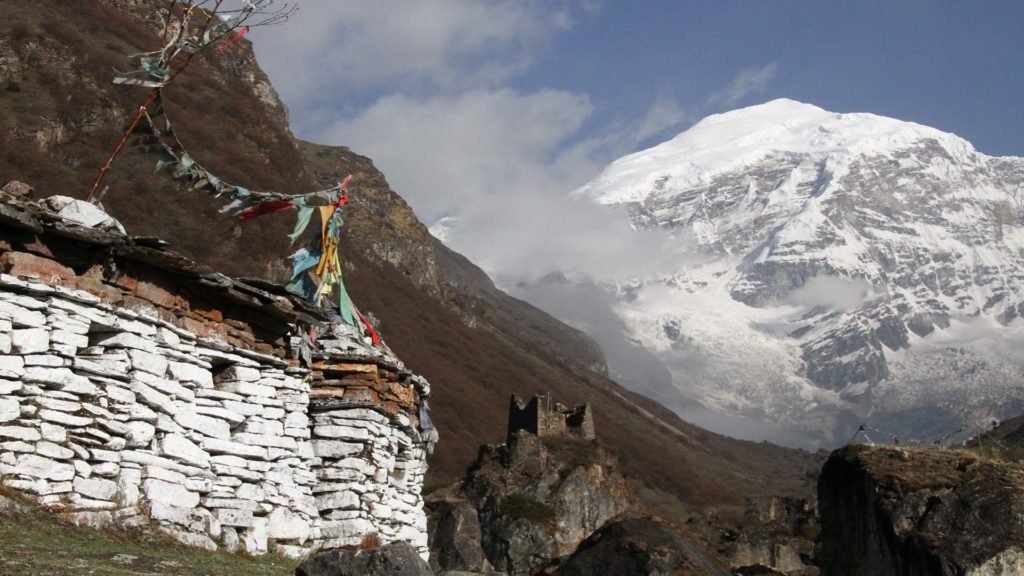Where am I : India Tour Packages » Most Popular Packages » Punakha Tour Packages
View Details
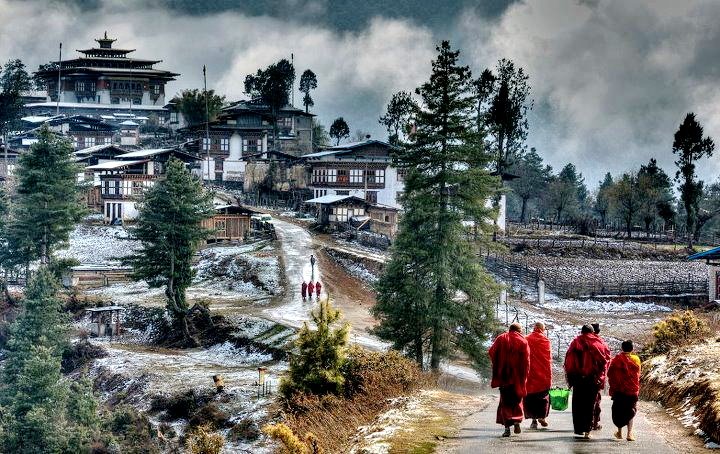
Destinations Covered : Thimphu » Punakha » Paro » Chelela Pass
View Details
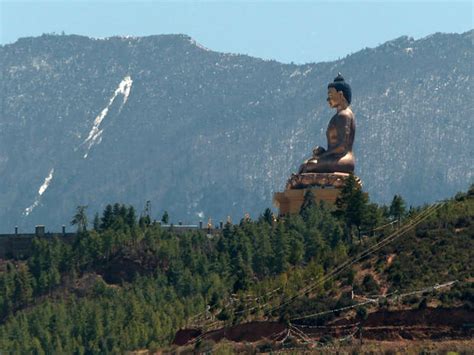
Destinations Covered : Pheuntsholing » Thimphu » Punakha » Phobjikha Valley » Paro
View Details
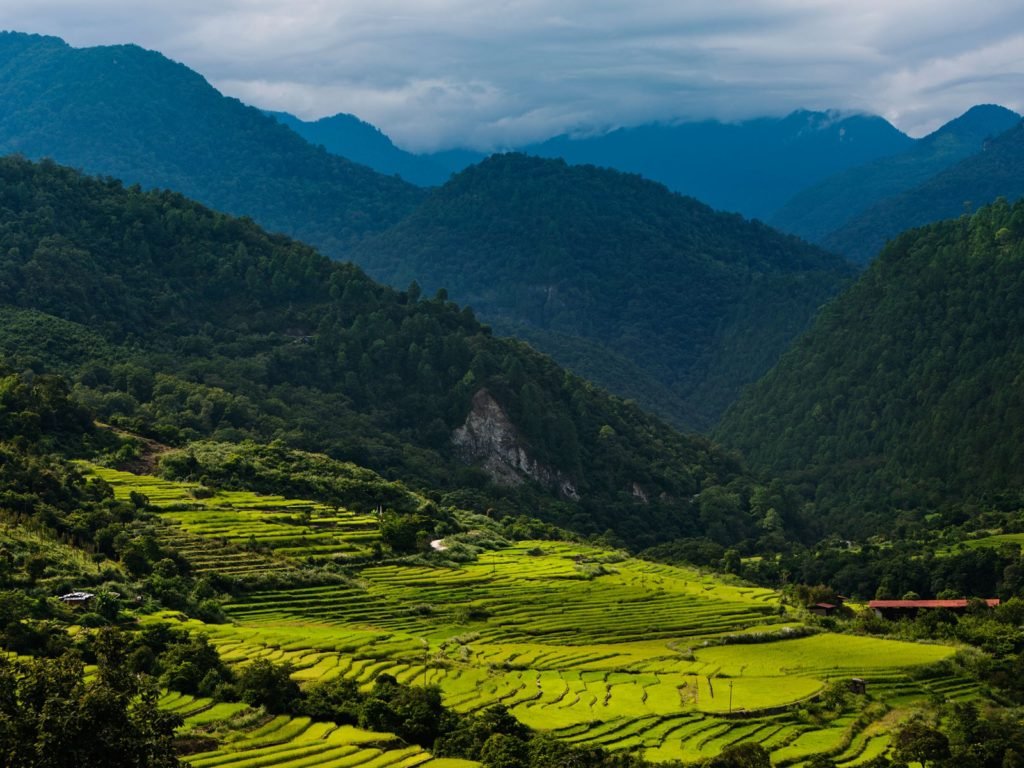
Destinations Covered : Thimphu » Punakha » Bumthang » Wangdue
Best Destinations in Punakha
Punakha is located east of Thimphu in a fertile valley. The climate here is subtropical, which allows the cultivation of many crops. Punakha was Bhutan's capital; to this day, the city is called the "winter capital" of the country because of its mild climate. The Punakha Valley is one of the most beautiful destinations in Bhutan, a perfect place to recharge your batteries in the heart of exuberant nature. With its incredible panoramas of the Himalayas best destinations in Punakha, its rivers winding through the vegetation, and its timeless atmosphere, Punakha is a place apart. The valley is famous for its magnificent landscapes and renowned dzong, nestled on the edge of a wide river. Beautiful temples and small villages are also perched in the mountains—the perfect place to disconnect from your daily life completely. In the vicinity of Punakha, there are many hiking trails with various difficulty levels. The most popular routes are through the caves of Guru Rinpoche, inside one of which a small temple is built, and the Koma-Tsachu hot springs, from which water is supplied to three pools. Let’s learn and know all about the best destinations in Punakha.
About Punakha
Punakha is a beautiful little town in the valleys of the Himalayan mountain ranges. It is on the banks of two beautiful rivers – Pho and Mo Chhu. At one time, Punakha was the center and capital of Bhutan. It is also home to Bhutan's most sacred relic – Rang Jung Kharsapani. More on that later. Punakha is by far the most beautiful destination in Bhutan and one of the must-see destinations in Asia. It is a place you must visit to experience the best natural landscapes and old Buddhist architecture in Bhutan. There are also a few shops in Punakha where you might want to buy some souvenirs. The city of Punakha was the capital of Bhutan. It was built on the banks of the river of the same name and even in the valley of the same name. For this country, Punakha is located in one of its lowest parts, with a subtropical climate, due to which the valley is very fertile. If we talk about the city's main attractions of Punakha, we can distinguish a complex of temples called Pungthang-Dechen-Fodrang-Dzong. There are many other temples or monasteries in the town's vicinity, each of which is located in picturesque places. In general, the valley is gorgeous, and in the neighborhood, there is also the Black Mountains National Park, where you can meet rare black-necked herons, Himalayan black bears, snow leopards, and red foxes. Scenery aside, the fortress-monastery of Punakha is arguably the area's biggest draw. It is indeed one of the oldest dzongs in the country, a building built in the 17th century at the confluence of two rivers. We discover an interior richly decorated with statues of Buddha and other tantric deities, mandalas, and symbols rich in meaning. At the Punakha Dzong, it was here that the very first king of Bhutan was crowned. Even today, the monument serves as winter quarters for the spiritual figures of the country.
To experience the Punakha Valley, we can only advise you to visit the small isolated villages. That of Talo, perched at an altitude of 2,800 meters, offers magnificent views of the region. Just like that of Punakha Ritsha and its splendid rice fields.
The essential realities of Punakha, Bhutan
- Tourism in Bhutan began in 1974 to coincide with the coronation of the 4th King of Bhutan, His Majesty Jigme Singye Wanchuck – with the arrival of 287 tourists in the same year. The Bhutan Tourism Corporation, a regulatory body for tourism, was formed in the same year.
- Since most citizens do not know their date of birth, the government listed them as born on New Year's Day on their identity documents.
- Plastic bags are banned in Punakha, Bhutan.
- This amazing country is the only country in the world where there is a festival to welcome migratory birds.
- Animal sacrifice is prohibited in Bhutan.
- In 1999, Television and the Internet came to Bhutan.
- There have no traffic lights in this country.
- Chili is the main dish in Bhutan. All the other plates take up space along the edge of the vessel.
- The Bhutanese believe that cutlasses help ward off evil. Therefore, it is common to find phallus drawings in most houses.
Best tourist places to visit in Punakha
Bhutan's most beautiful and representative monastery-fortress is the Palace of Happiness. Therefore, it is one of the essential tourist destinations accessed by a bridge. Also, there is currently a robust Buddhist community there called Dratshang. Numerous novices and prospective monks reside. This Punakha is included in the tentative list to be recognized as a UNESCO World Heritage Site.
Dochula Pass
Another of the places that you have to see in Punakha is the 108 chortens in the Dochula Pass that I told you about in the post about Thimphu, the capital of Bhutan.
These were built at the request of the current queen's mother to commemorate the victory over the Indian army. The chortens crown this Himalayan mountain pass located at an altitude of 3,150 meters.
Talo
It is another beautiful monastery in Punakha. Your visit to Punakha is not complete without a visit to Talo. It is called the village of Talo. If you visit it in March, you must participate in Talo Tshechu. This is a three to a four-day festival in Talo and Paro of Bhutan. You can dance with the beautiful locals dressed in their clothes or enjoy the dancing skills and art.
Chimi Lhakhang Monastery
The Chimi Lhakhang Monastery is one of the most curious in Bhutan. The Lama Drukpa Kunley or as he was also called the Divine Madman, was its founder. This was an unconventional lama surrounded by stories and legends. In the post I wrote about this place, you can read the curiosities surrounding this monastery. Also, in Punakha, you can see a suspension bridge, which I did not photograph since we went when there was no light since it was almost night. It is a holy place for searching for children. Many believers who do not have children for many years have received the blessing of the lama of this monastery. They will be pregnant when they return. Chimi Lhakhang is located on a high hill beside the Puna Tsang Chhu River, and it is a temple built by Lama Drukpa Kunley's cousin to commemorate his conquest of the devil. Lama Drukpa is a saint highly respected by the Bhutanese and called a maddening sage.
Nalanda Buddhist College
The inhabitants of the valley call this place "Dalayna." The monks call it Nalanda Buddhist College. » If you spend an afternoon there, treat yourself to a cup of tea on site and admire the view in the company of the monks.
Punakha dzong
The impressive Punakha Dzong was built in record time. It only took a year to finish, and the curious thing is that no single nail was used in its construction. It is located at the confluence of the Mo Chu and Pho Chu rivers. Besides being the second largest and oldest in Bhutan, this dzong is one of the country's best representatives of this traditional fortress architecture. In addition, throughout its history, it has witnessed significant events in the country, such as the coronation of several kings of Bhutan. It is also the seat of the country's most influential community of Buddhist monks, called dratshang. From its construction until 1950, it housed the seat of the Bhutanese government, and it was here that the country's first National Assembly was held in 1953. As a fortress, it can only be accessed by crossing a covered wooden bridge called Bazam. The first bridge was built in the 17th century, but after a flood in the dzong in 2008, the bridge was destroyed and had to be rebuilt entirely.
The Strait of Dochula
The Strait of Dochula nestles at an altitude of 3150 meters. The collar is decorated with 108 chörtens by Druk Wangyel. These Buddhist structures mark the stability and progress the fourth King Jigme Singye Wangchuck brought to Bhutan.
Gangtey Goemba
It is one of the main seats of the religious tradition based on the revelations of Pema Lingpa and one of the country's two main centers of the Nyingmapa school of Buddhism. Gangtey Goemba, also known as Gangteng Monastery or Gangtey Monastery, is an important monastery of the Nyingmapa School, the main seat of the Pema Lingpa tradition. The sanctuary, also known for the surrounding Gangten village, is located in the Phobjikha valley. The monastery's history dates back to the early 17th century and to the prophecies made by the well-known Terton Pema Lingpa in the late 15th century.
The Punakha festival
Every year, the people of Punakha celebrate Dromchoe to pay homage to Gompo Mahakala and Palden Lhamo Mahakali, the patron gods of the Drukpa. This festival is held in the first month of the Bhutanese lunar year. The Dromchoe consists exclusively of dances.
Cross the Hanging Bridge
Suspension bridges are a common sight over the mountainous terrain and fast-flowing rivers of the valleys of Bhutan. Built high above the swift Pho Chhu, you'll find the Punakha Suspension Bridge if you choose not to walk to the Chimi Lakhang Temple.
The Khamsum Yulley Namgyal Chorten
It is the only stupa in Bhutan that enshrines all kinds of protective gods. The Khamsum Yulley Namgyal Chorten is the only stupa in Bhutan that enshrines all defensive types of gods. It is a holy place of refuge in this Himalayan country and is used to pray for the peace and tranquility of Bhutan. The Sakyamuni Buddha statue at the top of the tower is said to have once spoken in the past. Despite its relatively recent construction, Khamsum Yulley Namgyal was built strictly with traditional teachings. Bhutanese carpenters, painters, and sculptors took nine years to build the four-story stupa and the various smaller pagodas surrounding it, some of which contain prayer wheels. Statues and shrines dedicated to these wrathful deities are found on the second and third floors, each offering protection from the forces of evil in the world. And to balance the angry energy of these deities, there are a series of yab-yum figures on the walls. Each of these figures represents a male deity in union with her female consort, representing the union of wisdom and compassion. Finally, when you reach the top floor of the rooftop, you will see a golden statue of Sakyamuni Buddha in his classic pose. The serene statue faces south, taking in the spectacular view of the Punakha Valley.
Whitewater rafting in Punakha
One of the latest trends in Punakha and certainly one of its hidden gems, rafting on the Mo River and Pho Chhu as you enter Devil's Gorge has become a popular attraction for thrill-seekers. Rafting on the Brahmaputra or its tributaries has always been attractive to extreme sports fans.
Cultural exploration of Punakha
In Punakha, there are two big festivals that you can meet to see the religious culture and local customs in the majestic Punakha Dzong. One is Punakha Drubchen, which takes place in the first month of the lunar year, usually in late February or early March, to honor previous military victories. Local Bhutanese will wear traditional battle gear and perform ancient wrestling and many religious masked dances during the festival to memorize their patron deities. The Tshechu Festival three days a row is the most important annual event in Punakha. It is established in many places in Bhutan to honor Padmasambhava. Buddhist monks and followers will wear exquisite costumes and play Cham Dance telling famous tales about this master. The central part is to unfurl a big Padmasambhawa thangkha on the last day. People believe that seeing the divine image can wash away sins and get blessings and good luck in the coming year. If you visit Punakha during the festival, you can see those distinctive dances and how religious culture and local daily life are integrated and inherited.
Other exciting things to do in Punakha?
- Enjoy the beauty of the city.
- Take great pictures at the Strait of Dochula.
- Visit historical monuments
- Go hiking to the village of Taro.
- Get in tune with the way of life of the locals.
- Explore the forests of rhododendrons and magnolias
How to dress to visit Punakha?
In this aspect, visiting Bhutan is easy and does not require a strict dress code. As in other places in Asia, the only thing needed is long pants and long-sleeved shirts. Many corners cannot be photographed, but as always, you will be accompanied by a guide, who will tell you where and how to take the photos. It is a matter of respect rather than prohibitions. Constantly, whether driving or on foot, we watched our guide and driver do the same. Inside the Punakha fort, it happened that they took the clockwise direction, so we imitated them so as not to offend anyone.
Best time to visit Punakha.
Punakha or Bhutan, in general, has four seasons. Each season, from spring to winter, has its beauty.
- Spring is from March to May is the best time to plan your vacation in Punakha. This is because of the beautiful tree flowers like jacaranda, which can be seen all over the valley. The weather is perfect and the climate pleasant. The highest average temperature is 26 degrees Celsius, and the lowest is 5 degrees Celsius.
- Summer, i.e., June to August, is when Punakha receives rainfall. Glorious skies and warm weather are a beautiful time to visit Punakha.
- Autumn, which lasts from September to November, is when Bhutan receives mild and perfect autumn weather. Various festivals take place in early September or late October. Temperatures range from 26 to 18 degrees Celsius.
- In Winter Punakha transformed into a perfect winter wonderland.
Planning a perfect trip to Punakha is not that difficult. This blog will help you plan such a trip without much hassle. Let us know how helpful this blog will be the next time you visit this charming destination in Bhutan.
How to get there?
You begin a 20-minute walk from the cremation site to reach the suspension bridge. In Punakha, it is easy to find transportation. You can travel by bus or taxi, but not only. Vehicle rental has the advantage of benefiting from a personalized itinerary. The train is also a suitable means of transport to serve the various sites in the district. By air: If you are traveling by air, the best way to reach Punakha is to fly to Paro. From Paro in Bhutan, Punakha is only 120 km. You can take the most scenic bus and reach Punakha. Alternatively, if you are flying from India, you can fly to the nearest airport in India – Bagdogra. Then take a train or bus to Bhutan. Train or Car from India: You can enter Bhutan by road from the Jaigaon in West Bengal, located on the Indo-Bhutanese borders. Hasimara is the closest station to Jaigaon.
Final Thoughts
Punakha, a quaint little town in the heart of Bhutan's Himalayan kingdom. The city has a variety of experiences to offer tourists, and here are many things to do for you! There are many places to see and visit every day, indoors or outdoors. We also have fun and romantic things to do in the evening. Spend more time with your children in Punakha with family activities. Enjoy the top and best destinations in Punakha for today or this weekend with children.
Speak to our Experts!
Instant Quote, Best Deals - 100% Customizable, Includes hotels + car + guides Cost depends on various factors like, number of people you are, travel dates, category of hotel and transportation etc.Drop your Inquiry to get the best deals as per your requirements. 100% Satisfaction Guaranteed. Rated 5* in TripAdvisor.



